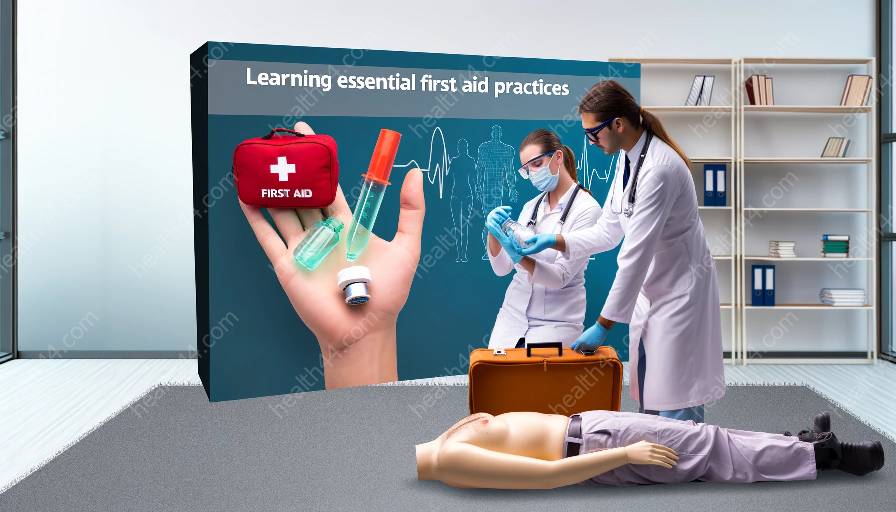Medical emergencies are unforeseen situations that require immediate attention and action, often involving severe injuries or sudden illness. Proper knowledge of first aid and medical training is crucial in handling these emergencies effectively.
Understanding Medical Emergencies
Common medical emergencies can range from minor incidents to life-threatening situations, and being prepared to provide aid is essential. By understanding how to identify and respond to these emergencies, you can potentially save lives and prevent further complications.
Key Types of Medical Emergencies
There are several common types of medical emergencies that individuals may encounter. These include:
- Cardiac Arrest: When the heart suddenly stops beating, resulting in the lack of blood flow to vital organs.
- Choking: Obstruction of the airway, preventing normal breathing.
- Severe Bleeding: Excessive bleeding from a wound or injury, leading to potential shock and organ damage.
- Stroke: A sudden interruption of blood supply to the brain, leading to neurological symptoms.
- Seizures: Uncontrolled electrical activity in the brain, resulting in various symptoms and loss of consciousness.
First Aid in Medical Emergencies
When faced with a medical emergency, knowing how to administer first aid can be crucial in providing immediate assistance before professional help arrives. Here are some important first aid techniques for common medical emergencies:
- Cardiac Arrest: Performing CPR (Cardiopulmonary Resuscitation) by providing chest compressions and rescue breaths.
- Choking: Performing the Heimlich maneuver or chest thrusts to dislodge the obstructing object from the airway.
- Severe Bleeding: Applying direct pressure to the wound and elevating the injured limb if possible to control bleeding.
- Stroke: Recognizing the symptoms and seeking urgent medical assistance to minimize brain damage.
- Seizures: Protecting the individual from injury during a seizure and providing comfort and reassurance until the seizure ends.
Health Education and Medical Training
Proper education and training are essential for individuals to be prepared for medical emergencies. This includes:
- First Aid Courses: Participating in first aid courses to acquire the knowledge and skills required to respond effectively in emergency situations.
- Health Education: Promoting public awareness and understanding of common medical emergencies, including prevention and response strategies.
Importance of Preparedness
Being prepared for medical emergencies can make a significant difference in the outcome for individuals in distress. By equipping yourself with the necessary knowledge and tools, you can contribute to saving lives and preventing further complications.
Conclusion
Understanding common medical emergencies, including the appropriate first aid and medical training, is vital for everyone. By fostering a culture of preparedness and awareness, individuals can play a crucial role in mitigating the impact of emergencies and providing essential care when it is needed the most.



